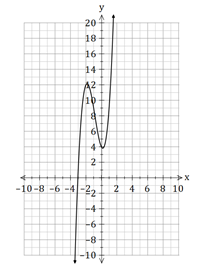My year 10 students have been learning how to complete the square with the idea of then deriving the quadratic equation formula.
The general equation for a quadratic is ![]()
Completing the square,
![]()
Factorise out the leading coefficient (i.e. ![]() )
)
![]()
Half the second term (i.e ![]() ) and subtract the square of the second term.
) and subtract the square of the second term.
![]()
![]()
Simplify
![]()
![]()
![]()
Now let’s solve
![]()
![]()
![]()
![]()
![]()
![]()
Which is the quadratic equation formula.

